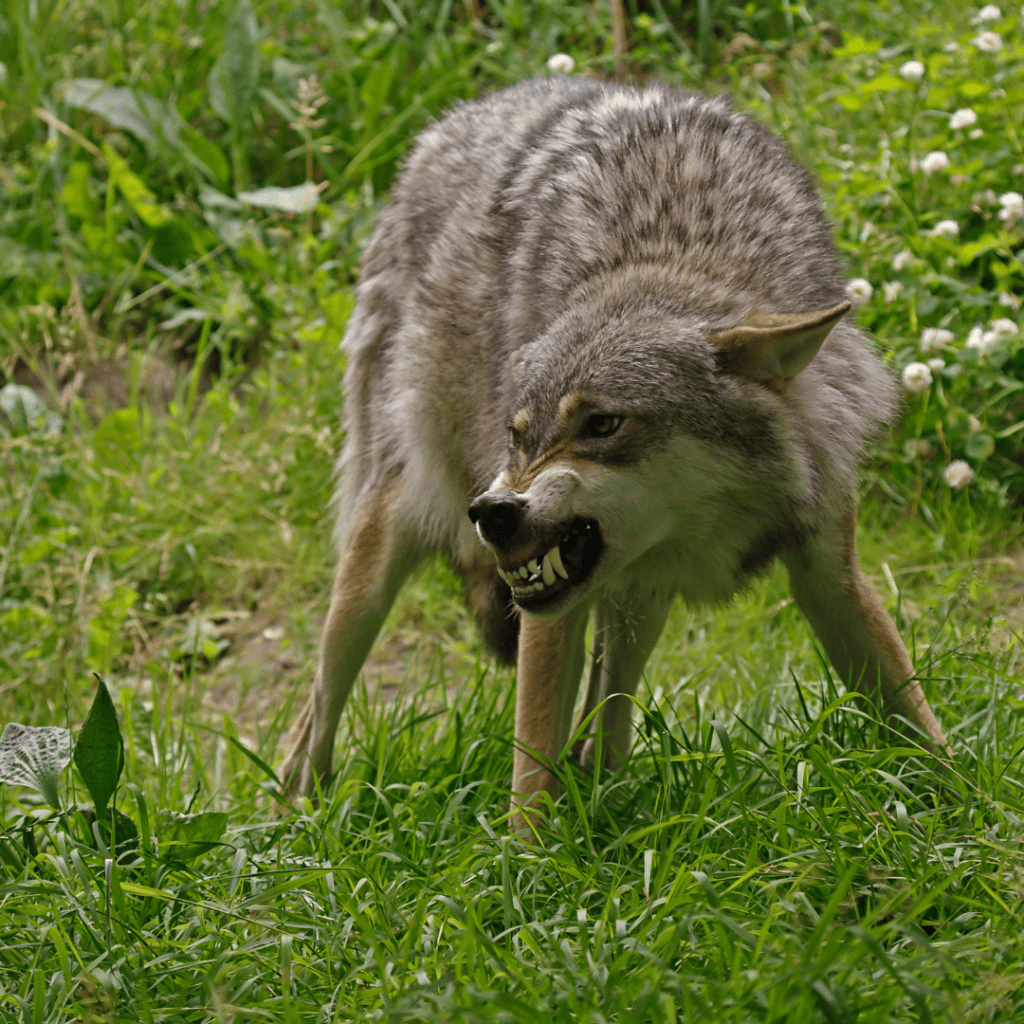
Someone asked me what the human equivalent was to raised hackles in the animal world. I know she was referring to the general idea that raised hackles are a warning or threat in the animal world…and I will get to that point.
However, raised hackles (like much of the animal world) are so much more nuanced than that, so I felt compelled to take time to elaborate.
Raised hackles are an indicator of excitement, of raised energy levels, of heightened awareness. Sometimes it’s a “pay attention,” there’s something new in the environment. Sometimes it’s an uncertainty indicator. Sometimes it’s an overabundance of energy that leads to play. And sometimes it’s a warning, a threat. It effectively causes the animal to appear bigger and more intimidating.
But the animal kingdom is nuanced, so with the raised hackles, we also need to be note body tension, ear position, head position, tail position, stance, and energy intensity.
My dog might raise his hackles with ears up and tail wagging as he approaches another dog – he’s cautiously optimistic…”Will you be my playmate?”
He might slightly raise his hackles with lowered head, ears, and tail – “this unknown feels like I need to be submissive.”
I had another dog who, as a puppy, would raise her hackles and stand her ground, head only slightly lowered when an older dog came to check her out. She was very clearly indicating that she knew the other dog was more dominant, but only because they were older and bigger. She knew she had to tolerate their inspection, but she sure didn’t have to like it! And she was certainly not going to fawn all over them or go belly up!
Humans have different versions of ‘hackles up’ as well.
Sometimes it’s a general tension in the body, but the posture is relaxed and open – they are interested, but unsure what’s next.
Or they are tense and rigid, but the facial expression is slightly puzzled or inquisitive – they are unsure and a bit worried or concerned.
Arms may be crossed, but their head is tilted – reluctant or dubious, but possibly persuadable.
And then there is the warning or threat – every muscle is rigid and tense, hands clenched, jaw likely clenched, and neutral to irritated facial expression. Watch Out! This is often the precursor to explosion! The explosion could take many forms, but anger, frustration, and insult are all a part of this body language.
I remember a moment like that once. After multiple versions of the question had been posed and I had been repeatedly interrupted when I attempted to respond, my “explosion” was controlled, to-the-point, and a (generally) respectful delivery of why I was frustrated and what I wanted the other person to do:
“If you are going to ask me a question, please do me the courtesy of shutting up and listening to my answer.”
It might not have been the most tactful response I’ve ever given, but it was clear and effective in the circumstances with that specific individual.
Later, my friends who had been watching the exchange commented that they had seen the explosion coming by watching my body language. They knew that my very upright, straight-backed posture, sitting with my hands tense over my knees with jaw clenched and carefully neutral expression while not making direct eye contact were all indicators I gave before I reached a breaking point.
To be clear – I was frustrated. I did not feel threatened or angry, or even defensive. I felt disrespected. As a result, my response, while direct and a bit blunt, was delivered in an even voice, firm but not raised in tone or volume.
Hackles up responses when feeling threatened is rarely endured when seated, unless standing would instigate a fight you aren’t ready for or don’t want.
Strong emotion shows in a number of ways, including tears (yes, even when angry or frustrated), louder voices (or quieter ones), tension or wavering in the voice, shaking or tremors of the hands or body, muscle tension of various body parts (or the entire body), and different posture (upright, wide feet, feet angled slightly front to back forming a triangle-shaped stance, on the balls of the feet ready to move, or rooted solidly flat-footed).
The trick is learning how to put ALL the signals together correctly.
What we can learn from the animal kingdom is that ‘raised hackles’ alone doesn’t give us all the information. We need to look for all the cues as pieces of the puzzle to get a complete picture on what may be going on, and how to respond in the most effective, appropriate manner.
Getting good at accurately reading non-verbal communication makes navigating the human experience easier and more fulfilling. If you want help with your communication mastery, reach out and let’s talk.
lionesscommunication@gmail.com

